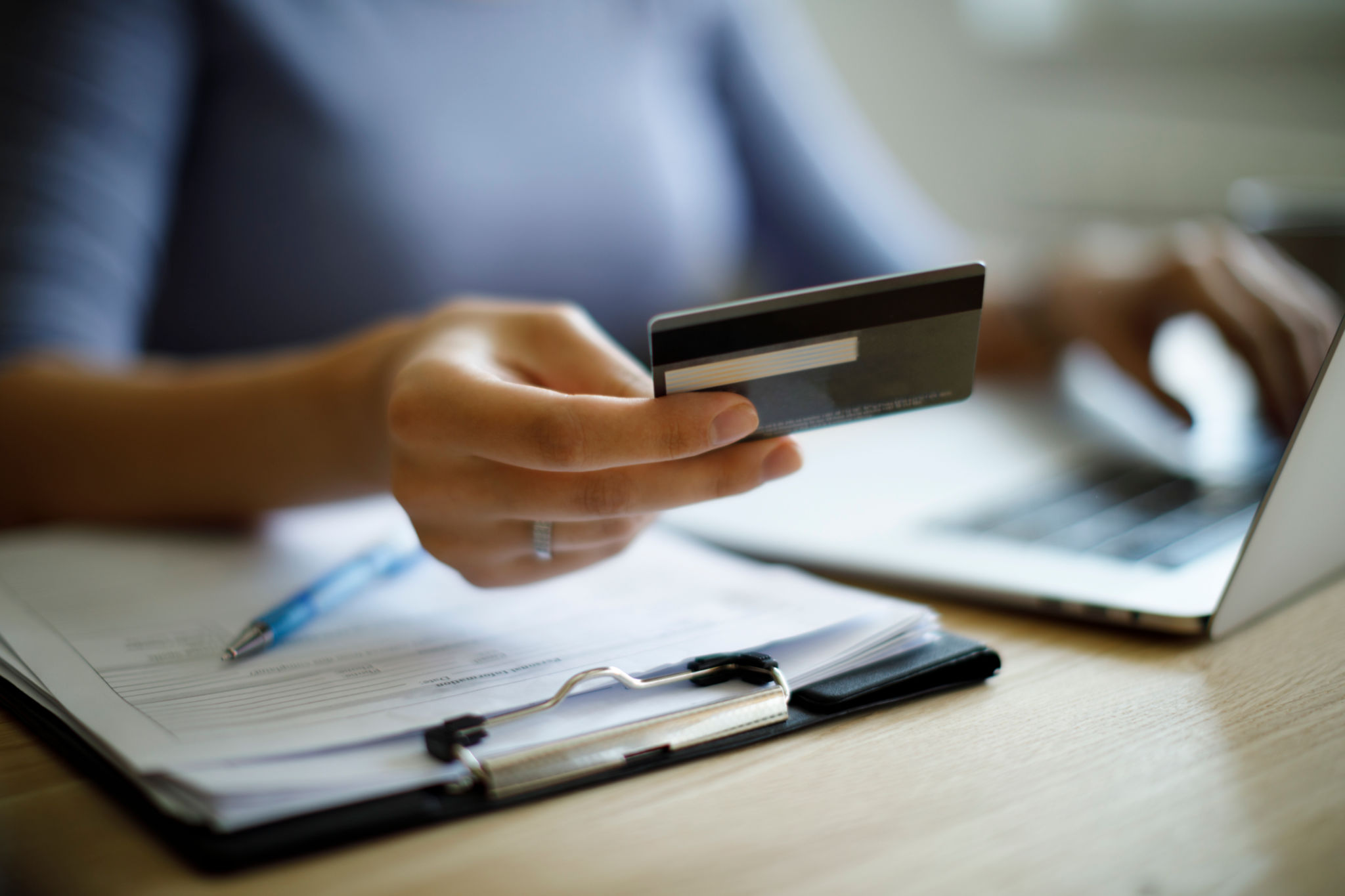How to Protect Yourself from Online Purchase Scams
Understanding Online Purchase Scams
In today's digital age, the convenience of online shopping is unparalleled. However, it comes with the risk of falling victim to scams. Understanding how these scams operate is the first step in protecting yourself. Online purchase scams typically involve fraudsters creating fake websites or listings to trick consumers into buying non-existent products.
These scams can take many forms, from counterfeit goods to phishing attempts. Being aware of the common tactics used by scammers can help you avoid falling into their traps.

Recognizing Red Flags
One of the best ways to protect yourself is by recognizing the red flags of a scam. Here are some common indicators:
- Unbelievable deals: If a deal seems too good to be true, it probably is.
- Poor website design: Legitimate businesses invest in quality website design and functionality.
- Lack of contact information: Reputable sites provide clear ways to contact them.
Checking Website Security
Before making a purchase, ensure the website is secure. Look for a URL that begins with "https://" and a padlock symbol in the address bar. These indicate that the site uses encryption to protect your information.

Verifying Seller Credibility
Another crucial step is verifying the credibility of the seller. Research the seller by reading reviews and checking their ratings on trusted platforms. If the seller is new or has negative feedback, proceed with caution.
Using Secure Payment Methods
Always use secure payment methods when shopping online. Credit cards and well-known payment services like PayPal offer additional protection compared to direct bank transfers or debit card payments. They often provide dispute resolution services if something goes wrong.

Being Aware of Phishing Scams
Phishing scams are another common threat. These involve fraudulent emails or messages designed to steal your personal information. Be cautious of unsolicited emails that urge immediate action or ask for sensitive information.
Keeping Your Information Safe
Protect your personal information by using strong, unique passwords for each account. Enable two-factor authentication whenever possible to add an extra layer of security. Regularly update your passwords and avoid sharing them with others.
Reporting Scams
If you encounter a scam, report it to the appropriate authorities. This can help prevent others from becoming victims. Most countries have dedicated consumer protection agencies or online fraud reporting tools.
By staying informed and vigilant, you can enjoy the convenience of online shopping while keeping your personal and financial information safe.
